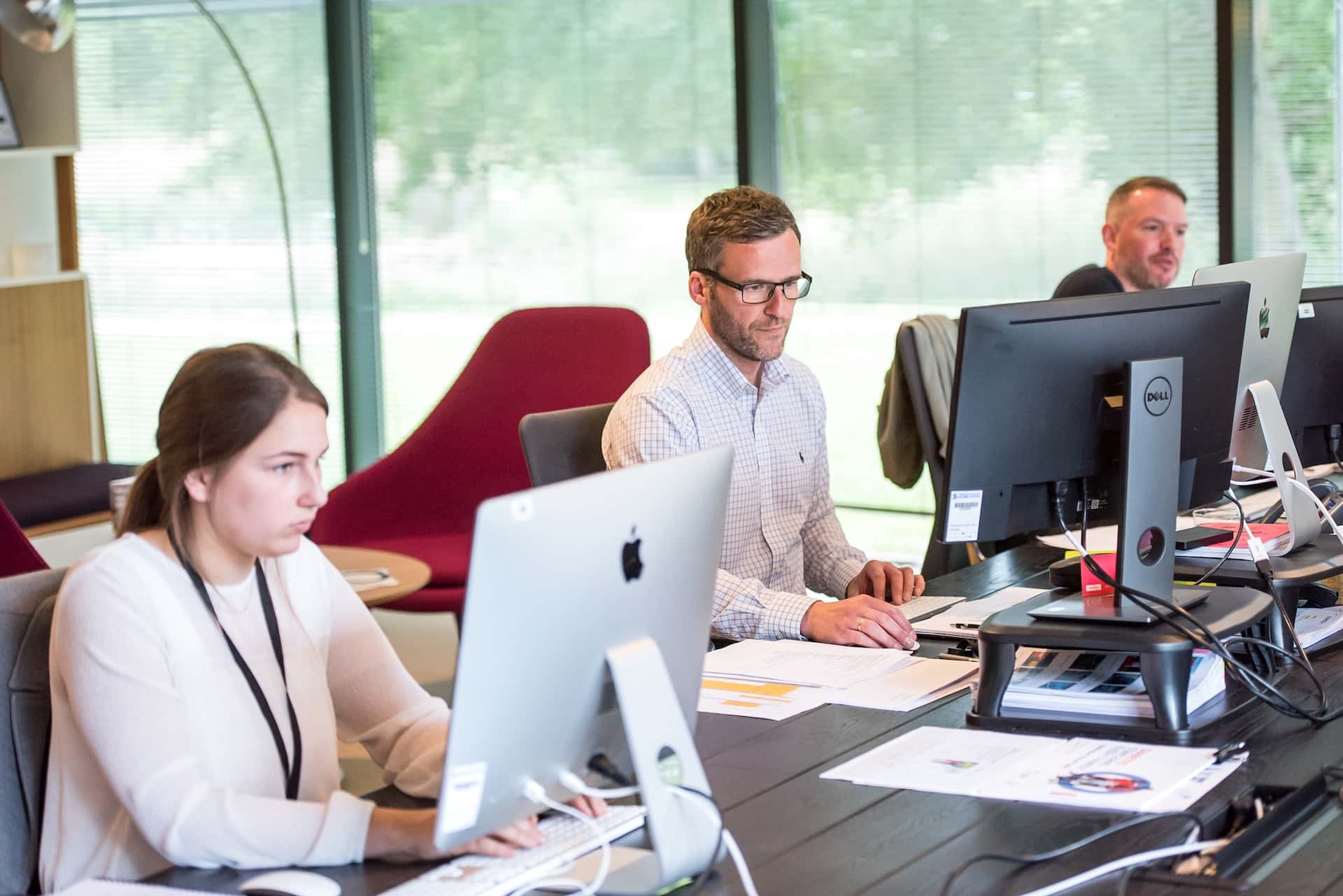In today’s fast-paced, technology-driven world, the concept of a smart office is gaining importance as companies seek to improve efficiency, productivity, and the overall work experience. Smart offices integrate cutting-edge technology to create a connected and optimized work environment. If you want to modernize your office space and increase productivity, check out this guide on how to turn your office into a smart office.
Conducting A Technology Audit
Before diving into the world of smart office solutions, it’s important to conduct a thorough technology audit. Assess your current infrastructure, identify vulnerabilities, and determine your organization’s specific needs. Ensure your smart office transformation aligns with your business goals by considering factors such as connectivity, security, and scalability.
Implementing Smart Lighting Solutions
One of the fundamental aspects of a smart office is smart lighting. Replace traditional light bulbs with energy-efficient LED lighting and incorporate smart lighting systems that can be controlled remotely. These systems often use sensors to adjust brightness based on natural light levels and occupancy, helping to save energy and create a more comfortable work environment.
Upgrade To Smart Climate Control
Maintaining optimal working temperatures is critical to employee comfort and productivity. Smart thermostats and air conditioning systems with hvac software allow you to remotely adjust the temperature in your office and adjust settings based on different zones within your workspace. This not only improves employee satisfaction but also contributes to improved energy efficiency.
Intelligent Security System Integration
Security is a top priority for every company. Increase office security by integrating intelligent access control systems, surveillance cameras, and alarm systems. These technologies provide real-time monitoring, remote access, and the ability to customize access levels for each employee, improving overall security.
Introducing IoT-Enabled Devices
The Internet of Things (IoT) has revolutionized the way devices communicate and work together. Integrate IoT-enabled devices such as smart desks, chairs, and conference room equipment to create a seamlessly connected office environment. These devices improve collaboration, automate routine tasks, and provide valuable data insights for better decision-making.

Use A Smart Meeting Room
Turn your meeting room into a smart meeting room by investing in interactive displays, video conferencing systems, and smart whiteboards. These technologies facilitate efficient collaboration between team members, whether they are in the same room or working remotely. Implementing intelligent conferencing solutions improves communication and fosters a collaborative work culture.
Leverage Cloud-Based Collaboration Tools
Leverage cloud-based collaboration tools to streamline communications and project management. Cloud platforms allow employees to access documents, collaborate on projects, and communicate in real-time, regardless of their physical location. This removes geographic barriers, promotes flexibility, and increases productivity.
Introducing Smart Furniture
Upgrade your office furniture with smart solutions that promote ergonomics and employee health. Smart desks and chairs with built-in sensors can also understand employee posture, facilitate movement, and adjust automatically to ensure optimal comfort. Investing in employee well-being contributes to a healthier and more productive work environment.
Establish A Central Control Hub
Establish a central control hub to effectively manage and monitor all intelligent office systems. This will be a software platform that allows you to monitor and control a variety of smart devices and systems through a single interface. A central control hub simplifies management and troubleshooting and ensures a consistent user experience across the office.
Prioritize Data Security And Privacy
When integrating smart technology into your office, it’s important to prioritize data security and privacy. Many smart devices and systems collect and process sensitive information, so a breach can have serious consequences. Implement robust cybersecurity measures, including encryption, secure authentication, and regular security audits. Additionally, ensure compliance with data protection regulations to protect both your company and your employees’ privacy.
Continuous Monitoring And Upgrades
A smart office is a dynamic environment that evolves as technology advances. Stay ahead of the curve by setting up a system for continuous monitoring and regular upgrades. Regularly update software, firmware, and security protocols to address vulnerabilities and ensure compatibility with the latest innovations. By taking a proactive approach to maintenance and upgrades, you can extend the lifespan of your smart office solution and maintain optimal performance. Gather regular feedback from employees to identify opportunities for improvement and ensure smart office technology is tailored to employee needs and preferences.
There You Go
Transforming your office into a smart office is a strategic investment that has a significant impact on productivity, efficiency, and employee satisfaction. By carefully assessing your current technology infrastructure and implementing a well-considered plan, you can create a connected, innovative workplace that meets the demands of the modern business environment. Embrace the future of work by integrating smart technology and watch your office transform into a hub of productivity and collaboration.




